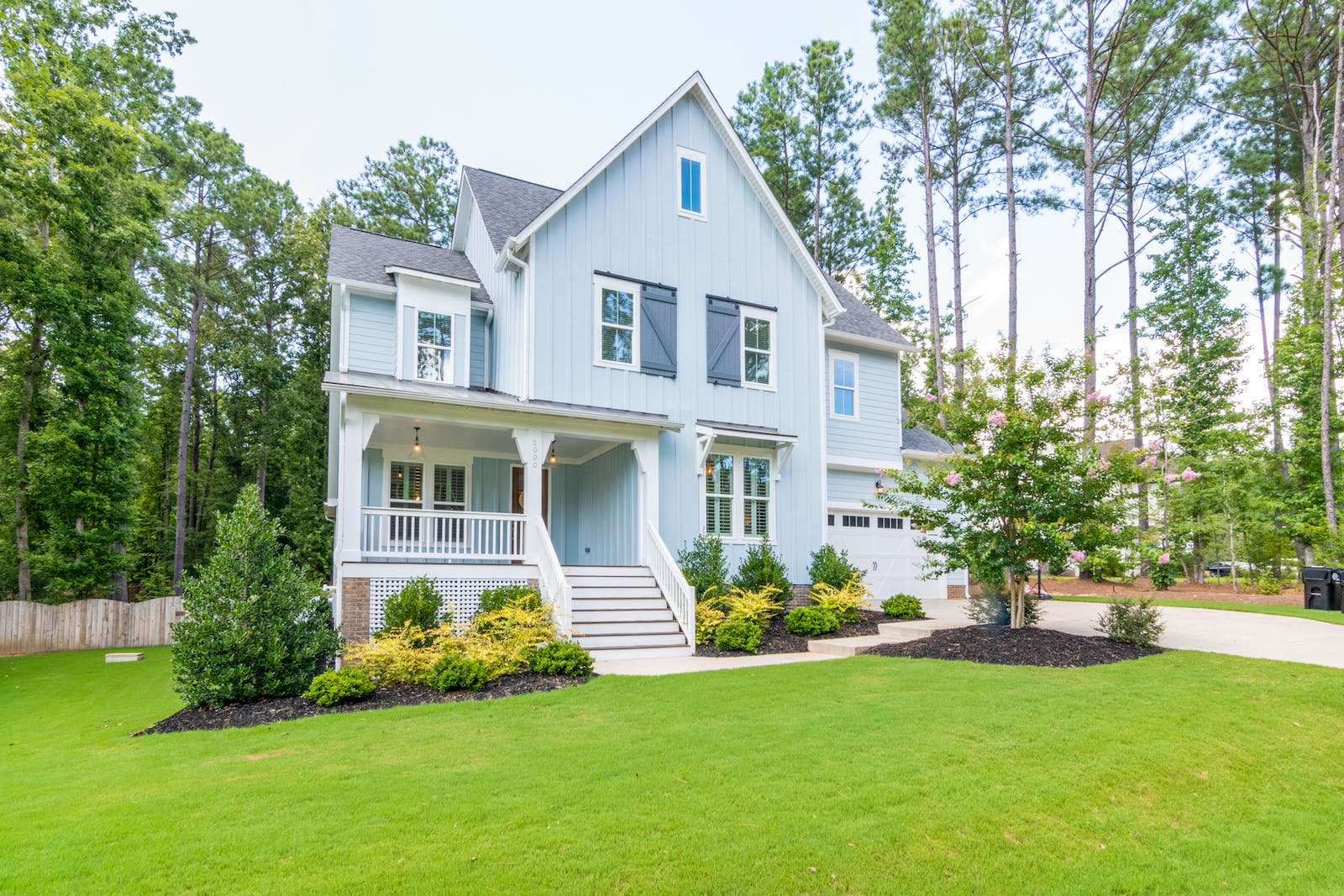Investing in real estate can be a lucrative venture for those looking for a steady stream of passive income. However, the decision to invest in single-family rentals versus multi-family rentals is not an easy one to make. Both have their advantages and disadvantages, and choosing the right one depends on various factors. In this article, we will compare single-family rentals and multi-family rentals to help you make an informed decision.
Single-Family Rentals
Single-family rentals are residential properties that are designed for one family to live in. They can range from small apartments to large houses, but the key is that they are intended for a single household to occupy. The advantages of investing in single-family rentals include a lower entry cost, less maintenance, and easier resale.
One of the biggest advantages of investing in single-family rentals is that they have a lower entry cost compared to multi-family rentals. This is because they are typically smaller properties and require less capital to acquire. Additionally, single-family rentals are easier to maintain compared to multi-family rentals. With only one tenant to manage, there is less wear and tear on the property, and fewer maintenance issues to deal with.
Another advantage of single-family rentals is that they are generally easier to sell compared to multi-family rentals, particularly in suburban areas. This is because they are typically located in desirable neighborhoods and offer more privacy and space.
However, single-family rentals also have some disadvantages. They offer limited rental income compared to multi-family rentals. With only one tenant, the rental income is limited to the monthly rent from that tenant. Additionally, single-family rentals are more likely to experience high vacancy rates compared to multi-family rentals. This is because they are often occupied by families, who tend to stay for longer periods of time, but may also be harder to find when they move out.
Multi-Family Rentals
Multi-family rentals are residential properties that are designed to house multiple families in separate units. They can range from duplexes to large apartment complexes, and can offer a variety of amenities and features to attract tenants. The advantages of investing in multi-family rentals include higher rental income, diversification, and economies of scale.
One of the biggest advantages of investing in multi-family rentals is that they offer higher rental income compared to single-family rentals. With multiple tenants, the rental income is not limited to the monthly rent from a single tenant. Additionally, multi-family rentals offer diversification benefits, as the investor is not reliant on a single tenant for rental income. This means that if one tenant moves out, there are still other tenants providing rental income.
Another advantage of multi-family rentals is that they offer economies of scale, as the cost of maintenance, repairs, and other expenses are spread out among multiple units. This can result in lower costs per unit compared to single-family rentals.
However, multi-family rentals also have some disadvantages. They have a higher entry cost compared to single-family rentals, as they typically require a larger initial investment. Additionally, multi-family rentals are generally more maintenance-intensive compared to single-family rentals. With multiple tenants, there is more wear and tear on the property, and more maintenance issues to deal with. Finally, multi-family rentals tend to have higher turnover rates compared to single-family rentals, which means that tenants are more likely to move out once their lease is up.
Choosing the Right Investment
When it comes to choosing between single-family rentals and multi-family rentals, it is important to consider your investment goals, location, and personal preferences. If you are just starting out and have limited capital, investing in single-family rentals may be a better option. However, if you are looking for higher rental income and economies of scale, multi-family rentals may be the way to go.



